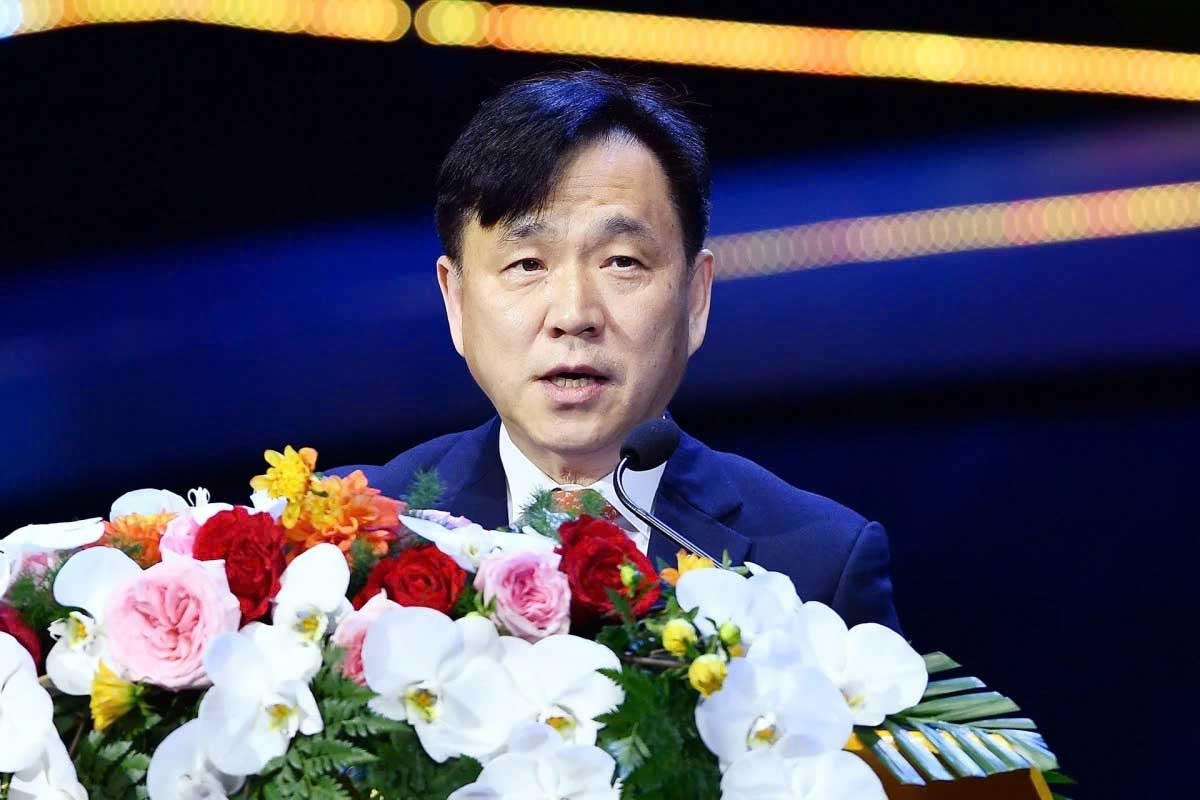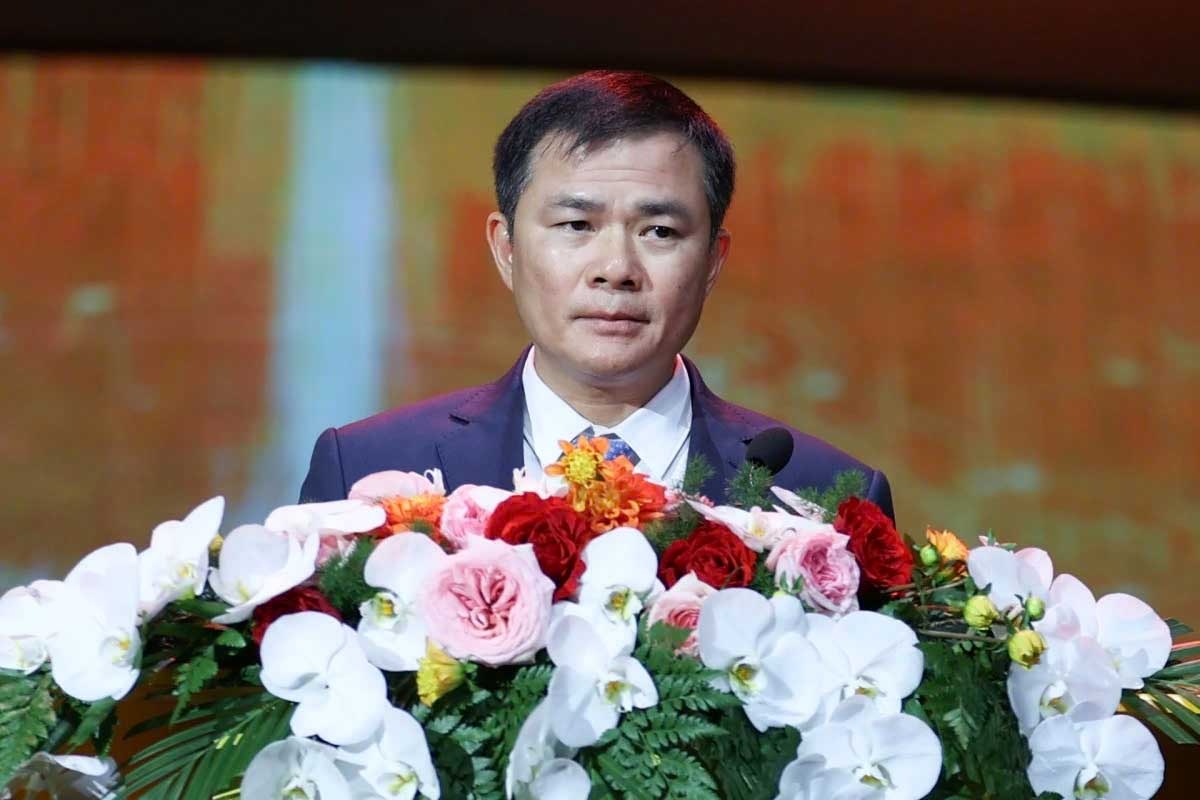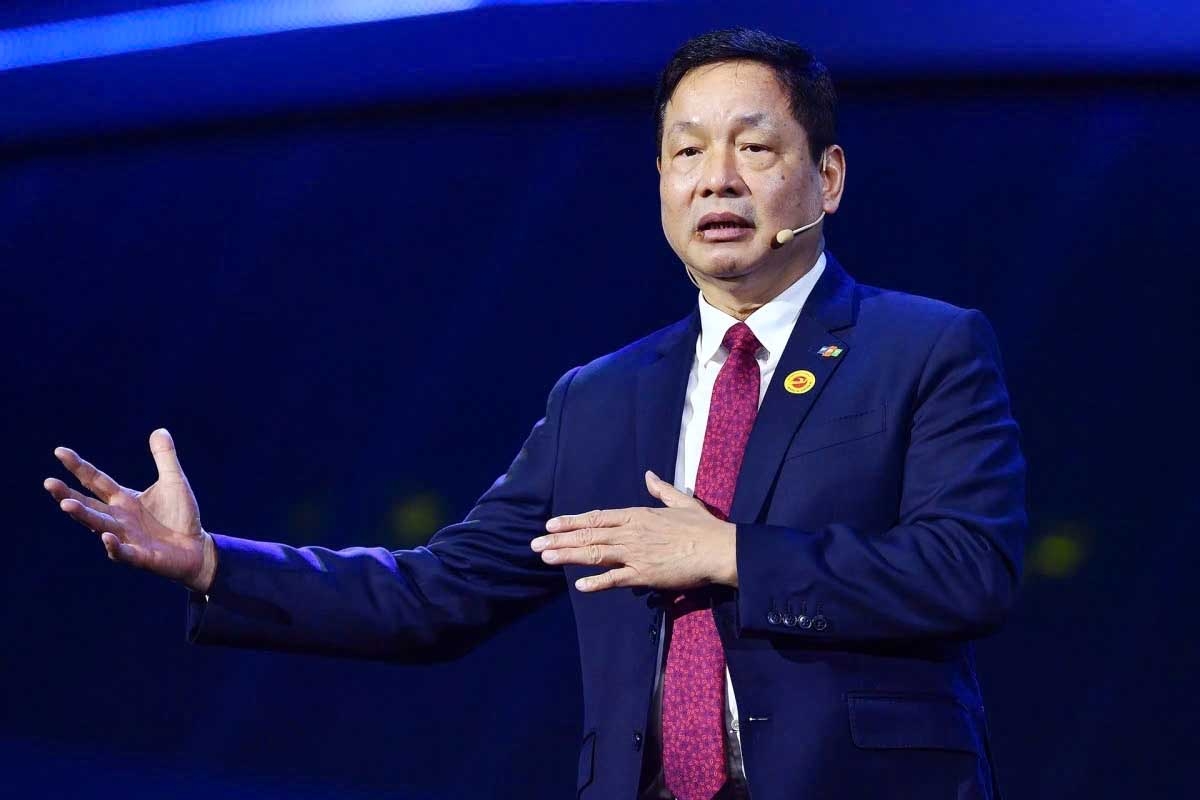What strategies for Vietnam to escape middle-income trap?
VOV.VN - After years of enjoying rapid development, Vietnam is at risk of falling into the middle-income trap and it is now seeking to break through the trap in an effort to become a high-income economy by 2045.
Korean experience

During high-level discussions held at the sixth national forum on Digital Technology Business Development on January 15, Vice Minister of the Ministry of Science and ICT of the Republic of Korea (RoK) Kang Do-hyun shared his country’s experience in developing the digital industry, which has enabled the country to escape the middle-income trap.
According to Kang, the RoK has implemented a 3i strategy encompassing investment, capital infusion, and innovation. It has tried to remove barriers, promote market liberalisation, enhance fair competition, and pour huge investments into information and communication technology infrastructure, as well as research and development (R&D).
The RoK government has also been encouraging national capacity in a bid to prepare for the AI era through continuous policy initiatives, including a comprehensive plan for digital workforce training, the Digital Strategy of Korea, and the Digital Bill of Rights, all of which is accompanied by a plan to integrate AI into everyday life, shared the official.
The Korean Vice Minister also noted that humanity is entering the AI age, a technology driving the fastest and broadest innovation in history. In the RoK, he noted that AI’s annual economic impact is estimated to exceed US$200 billion by 2026.
However, Kang warned that AI also brings with it various challenges and risks, such as cyberattacks, misinformation, and data breaches, though the world is entering into a race for AI dominance.
He quoted experts, saying while the RoK ranks among the top three in terms of AI competitiveness, it aims not to be the most competitive AI country, but to become a model of global collaboration, thereby allowing it to shape the digital future and share values together.
Resolution 57 – a fulcrum of success
Resolution 57, issued by the Politburo on December 22, 2024, focuses on breakthrough advancements in science, technology, innovation, and national digital transformation, all of which aim to achieve technological self-reliance and competitiveness, particularly in strategic technologies.
In light of the opportunities brought by Resolution 57, Vietnamese tech enterprises have proposed new development policies, and some of them have pioneered their missions to enter a new era.

Major General Tao Duc Thang, chairman of military-run telecom group (Viettel), shared that Viettel has been researching 5G technology since 2018 and it has fully mastered the 5G ecosystem with products that are of global quality. Moving forward, the group will continue developing next-generation telecommunications technologies such as 5G Advanced and 6G.
According to Maj. Gen. Thang, Resolution 57 outlines clear objectives and comprehensive solutions, while proposing breakthrough policies to remove bottlenecks that have hindered the development of science - technology and innovation. These include mechanisms for testing new technologies, accessing advanced foreign technologies, attracting talent to Vietnam, and establishing strategic industrial development funds.
To address these bottlenecks, the Viettel chairman recommended guidelines for the formation of venture capital funds and evaluation mechanisms to encourage enterprises to invest boldly in developing new technologies. He emphasised that state-owned firms like Viettel should invest in high-risk, low-success research and experimentation. If successful, then these innovations can potentially yield significant profits and create transformative breakthroughs.
“Besides, a strategic industrial development fund should be established, with policies that prioritize using ‘Make in Vietnam’ products. One way to encourage domestic production is through procurement incentives for goods developed by Vietnamese research enterprises. This is a key bottleneck that needs to be addressed to boost local research,” he recommended.

Meanwhile, Truong Gia Binh, chairman of FPT Corporation, described Resolution 57 as the fulcrum which will help the country to step into an era of national advancement and become a prosperous and powerful nation.
“This is the aspiration of our entire nation,” he stressed.
According to the Binh, Vietnam boasts a tech workforce comparable to developed nations, and what it needs now is transformation. Resolution 57 marks the arrival of a turning point for the country.
The FPT chairman also pledged to focus on AI technology, semiconductors, automotive technology, digital transformation, and green transformation, along with further investments in human resources.
“We currently have 12,000 engineers specializing in AI. Recently, we obtained 10,000 NVIDIA certifications in a short period. We have built two factories, one in Vietnam and one in Japan. By 2030, we commit to training 10,000 semiconductor engineers, 50,000 AI engineers, and transitioning half a million IT engineers to AI-related fields,” Binh elaborated.
He expressed his belief that with strong determination and commitment, as well as huge investment into infrastructure, Vietnam would be a leading regional provider of AI computational infrastructure by 2030.




